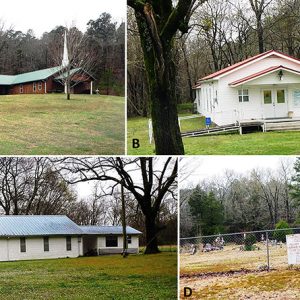 Big Fork Scenes
Big Fork Scenes
Entry Category: Counties, Cities, and Towns
 Big Fork Scenes
Big Fork Scenes
 Big Fork Scenes
Big Fork Scenes
Big Springs (Stone County)
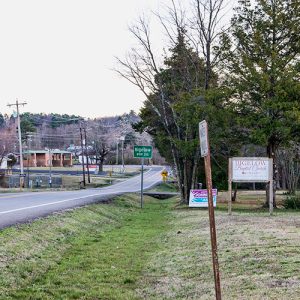 Bigelow
Bigelow
Bigelow (Perry County)
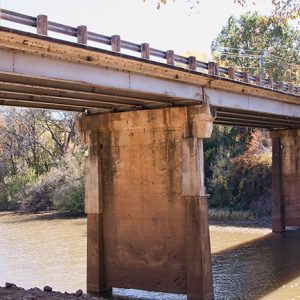 Bigelow Access
Bigelow Access
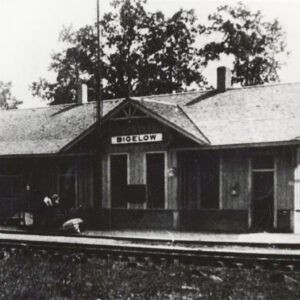 Bigelow Depot
Bigelow Depot
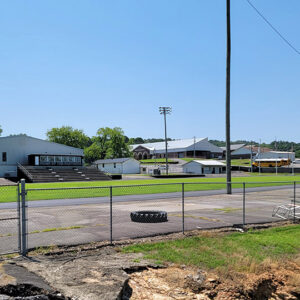 Bigelow High School
Bigelow High School
 Bigelow High School Scoreboard
Bigelow High School Scoreboard
Biggers (Randolph County)
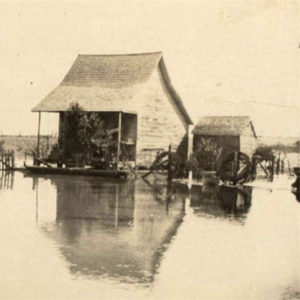 Biggers Flood
Biggers Flood
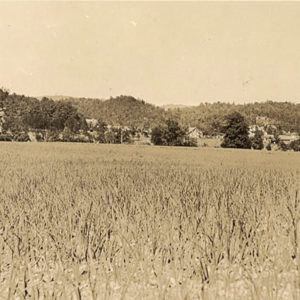 Biggs Onion Farm
Biggs Onion Farm
 Entering Billstown
Entering Billstown
Billstown (Pike County)
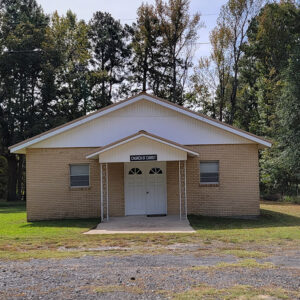 Billstown Church
Billstown Church
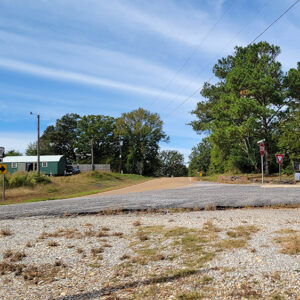 Billstown Street Scene
Billstown Street Scene
 Billstown Street Scene
Billstown Street Scene
Bingen (Hempstead County)
 Biplane Over Leslie
Biplane Over Leslie
Birdsong (Mississippi County)
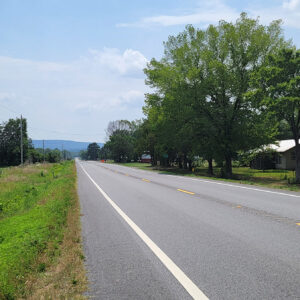 Birta Street Scene
Birta Street Scene
Biscoe (Prairie County)
aka: Fredonia (Prairie County)
Bismarck (Hot Spring County)
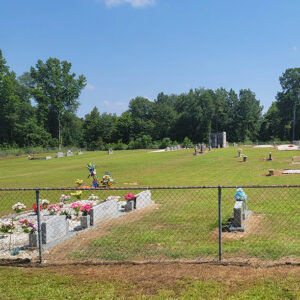 Bismarck Cemetery
Bismarck Cemetery
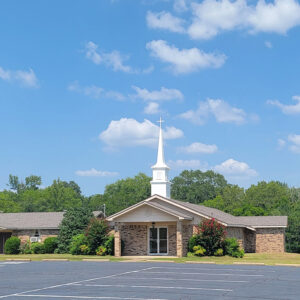 Bismarck Church
Bismarck Church
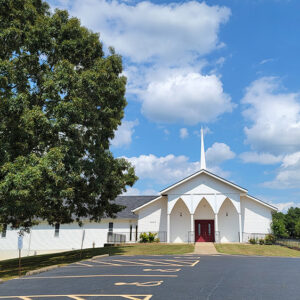 Bismarck Church
Bismarck Church
 Bismarck Fire Department
Bismarck Fire Department
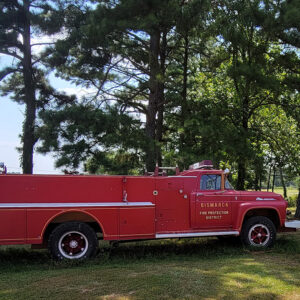 Bismarck Fire Engine
Bismarck Fire Engine
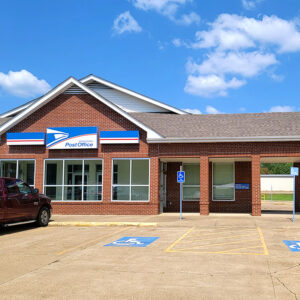 Bismarck Post Office
Bismarck Post Office
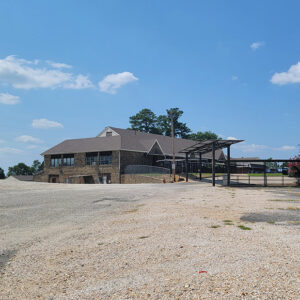 Bismarck School
Bismarck School
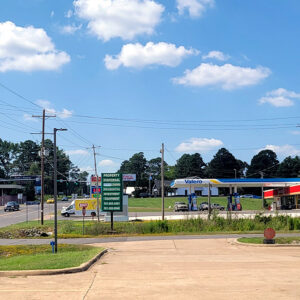 Bismarck Street Scene
Bismarck Street Scene
 Black Diamond Drug Store
Black Diamond Drug Store
Black Fork (Scott County)
Black Oak (Craighead County)
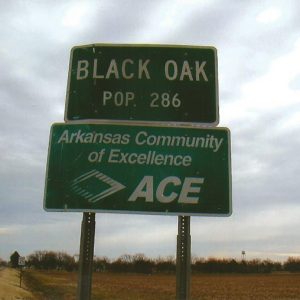 Black Oak Sign
Black Oak Sign
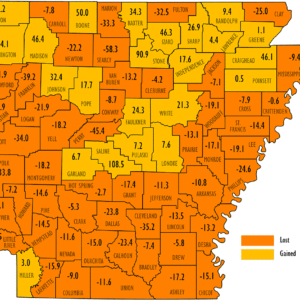 Black Population Change 2020
Black Population Change 2020
Black Rock (Lawrence County)
 Black Rock Sign
Black Rock Sign
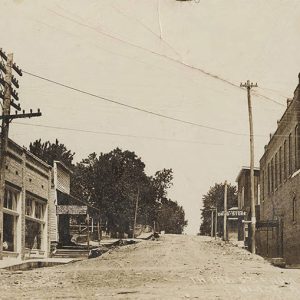 Black Rock Street Scene
Black Rock Street Scene
Black Springs (Montgomery County)
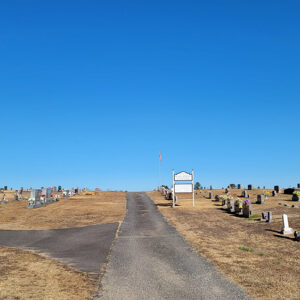 Black Springs Cemetery
Black Springs Cemetery
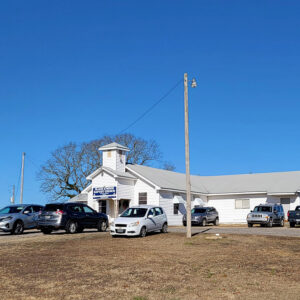 Black Springs Church
Black Springs Church
 Black Springs City Hall
Black Springs City Hall
 Black Springs Street Scene
Black Springs Street Scene
 Black Springs Street Scene
Black Springs Street Scene
Blackton (Monroe County)
 Blackton School
Blackton School
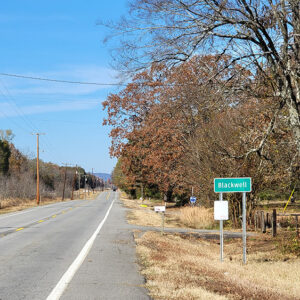 Entering Blackwell
Entering Blackwell
Blackwell (Conway County)
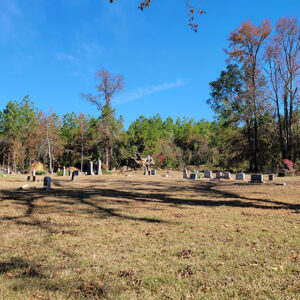 Blackwell Cemetery
Blackwell Cemetery




